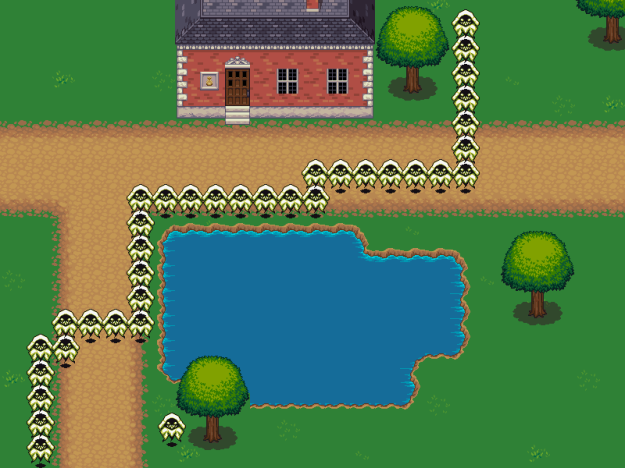I had been looking for a suitable replacement to my old, slow Compaq
laptop that I purchased during my freshman year of college when I had
very little money. What I liked about my old laptop was that it played
well with free software. I had no trouble getting all of my hardware
to work out-of-the-box with fully free GNU/Linux distributions such as
Trisquel, and I wanted any future laptops of mine to play nicely, too.
I have heard much praise for Thinkpads over the years. Solid build
quality, utilitarian design, and cheap to buy used. However, upon
further reading, I realized that most newer Thinkpads require nonfree
software in order to the drive the Intel wireless chip. Furthermore,
there was DRM present in the BIOS that would prevent the installation
of PCIe wireless chips that weren’t in the whitelist.
This really bummed me out, but I bought a Thinkpad anyway. I found a
great deal on a used X220 on ebay for $400. In order to liberate it, I
had to make a small deal with the devil: Use the pre-installed Windows
7 to flash a hacked BIOS that removes the whitelist. I could only find
the needed BIOS as a Windows executable, so I didn’t have much
choice. This process left me hoping that coreboot gains wider
adoption.
Once I had verified that I didn’t brick my Thinkpad, I installed the
new wireless card. I purchased a Wireless N, half-height, mini PCIe
card from Thinkpenguin. It uses an Atheros chipset and is free
software compatible. I met Chris, the owner of Thinkpenguin, at this
year’s Northeast GNU/Linux Fest at Harvard. He is doing some great
work and I wanted to support his business. It was nice to buy from
someone who could assure me that the hardware I purchased is fully
supported on a libre GNU/Linux distribution.
Now that my Thinkpad was free (sans BIOS, of course), it was time for
the final touch. I replaced the hard drive with a 128GB SSD and
installed Debian testing. It takes roughly 9 seconds to get from GRUB
to the GDM login screen. It feels very nice to have a device that
boots so quickly.
Now that everything had been installed and configured, I was able to
start hacking and get a feel for things. The keyboard is the nicest
I’ve ever used on a laptop. The TrackPoint is quite a nice way to
move around once you get used to it. The ThinkLight is pretty neat
when you’re in a dark area. The battery life is extremely
impressive. I don’t know exactly how long it lasts yet but I never
have to charge it while I am using it. I was lucky if I got 2 hours of
battery life out of my old laptop, which caused me to be constantly
tethered to an AC adapter. The screen is matte, which is awesome
because it’s very difficult to use a laptop outdoors when the screen
is glossy. 1366×768 is not an ideal resolution (16:9 be damned), but I
can live with it on a 12.5" screen. Last but not least, I honestly
like the aesthetics. A lot of people are enamored with the brushed
aluminum designs by that fruit company, but I love the flat black,
functional design of the Thinkpad.
I hope to really break this thing in over the weekend at the GNU 30th
Anniversary hackathon. 🙂
From the blog dthompson by David Thompson and used with permission of the author. All other rights reserved by the author.


